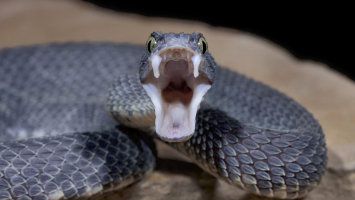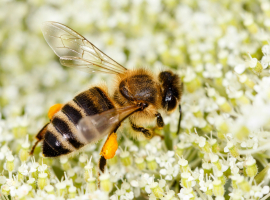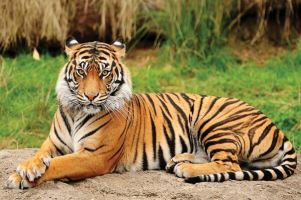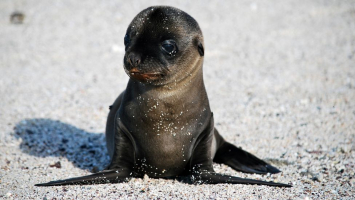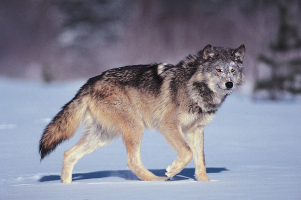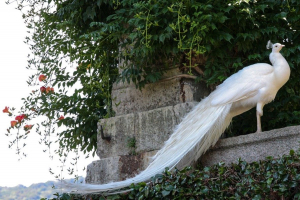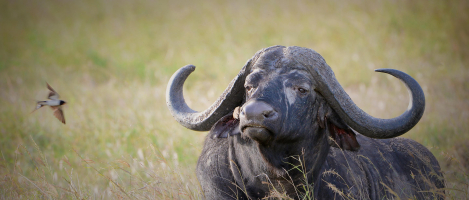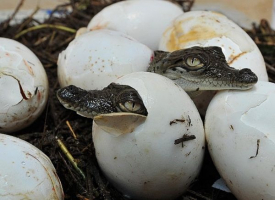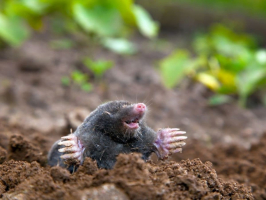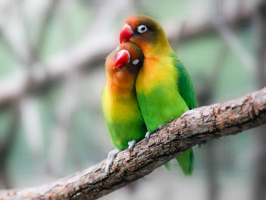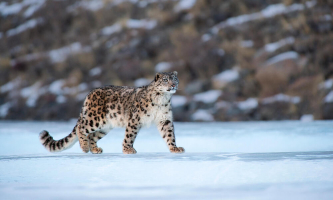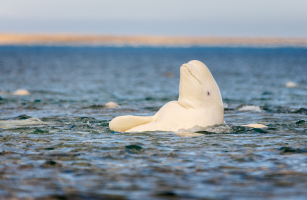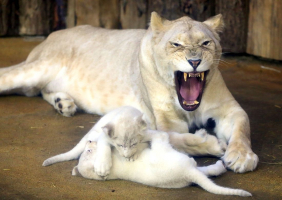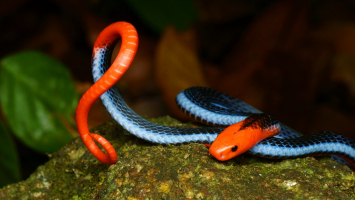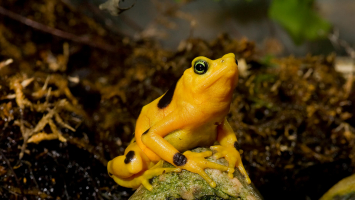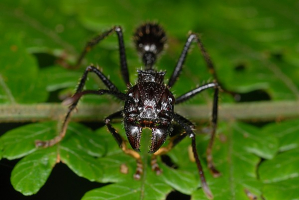Top 10 Most Venomous Animals
Every animal born on Earth is endowed by nature with its characteristics and defenses. Some of them defend themselves by using the venom they obtain. The venom ... read more...of some species is not only used for hunting but also dangerous to humans, which is one of the reasons for the increased number of deaths in humans. In this article, let's learn about "Top 10 most venomous animals" with Toplist.
-
Box Jellyfish in general (scientific name is Cubozoa) is a species of extremely venomous jellyfish. They get the name “Box Jellyfish” because their shape is like a transparent box and they are one of the most poisonous sea creatures in the world. The Chironex Fleckeri (also known as the Australian box jellyfish) possesses such a powerful venom that if you accidentally touch their tentacles, you may die before you can swim to shore.
Box Jellyfish actively hunt, their food is usually small marine organisms, plankton, shrimp, and small fish. This jellyfish uses tentacles to capture prey and pull it into its mouth. Tentacles have many poisonous cells called Nematocysts, any animal that comes into contact with those tentacles will be poisoned, unconscious and killing prey, and can bring terrible pain.
In particular, Box Jellyfish swim very well, not just floating like other jellyfish, they swim quite fast and faster than humans. Box Jellyfish seems to have only two main activities of eating and sleeping. During the day, they swim in search of food and the amount of food they take in is 1/4 of their body weight. They will go to "sleep" at night.
Location: Australia.
Habitat: The sea.
Length: About 4.6m.
Venom’s power: Lethal after 4 - 6 minutes.
Toxins: Nematocyst.
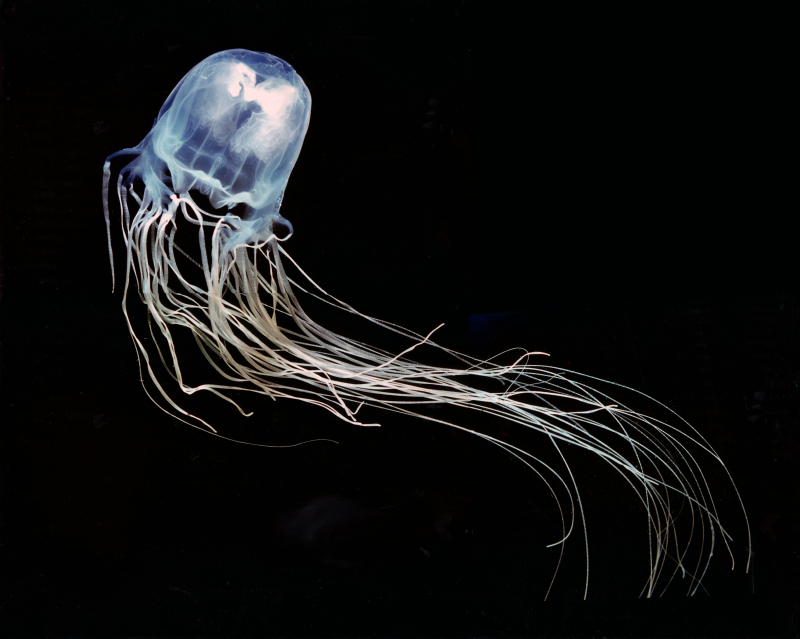
Source: livescience.com 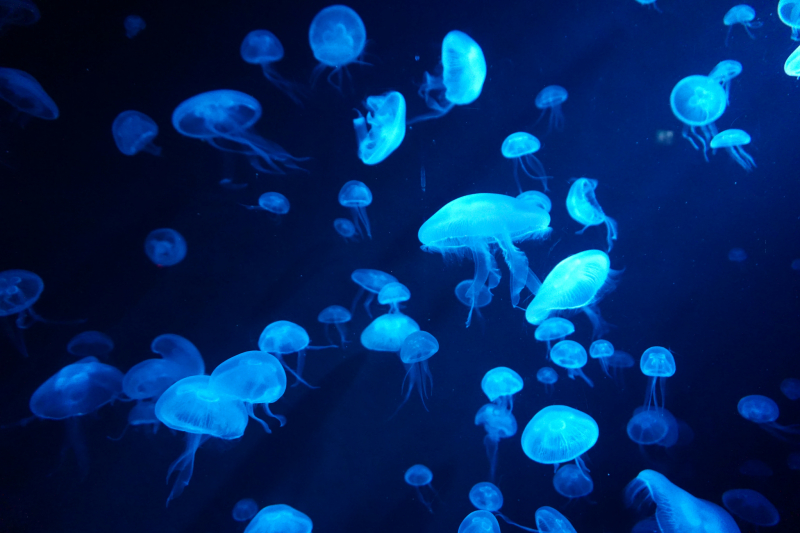
Source: theculturetrip.com -
Funnel-Web Spider is a family of spiders with the most powerful venom in the world of all spiders. Among them, the venom of Tree-dwelling funnel-web spiders and Sydney funnel-web spiders is potentially lethal. The Funnel-Web Spider is very agile and flexible, less dependent on spider silk, they are ready to attack the opponent if they feel threatened.
They possess sharp fangs capable of piercing nails, venom glands distributed inside the body. When threatened, the Funnel-Web Spider bares its fangs and stands on its hind legs, which will attack and bite an opponent up to 28 times if it finds the threat has not diminished. After being bitten, symptoms usually appear within an hour. Initially, the victim will feel goosebumps, itching around the mouth and tongue, sweating, convulsions, increased blood pressure,... Then it will progress to nausea, shortness of breath, pulmonary edema, extreme hypertension degree,... and can lead to death within 15 minutes.
However, at present, humans have methods and preparations for a cure for this type of bite. As a result, no deaths caused by Funnel-Web Spider have been recorded since reasonable cures are available. However, it is necessary to increase vigilance when encountering this venomous spider.
Location: Australia.
Habitat: Shrubberies, rockeries, cool, moist, sheltered environment.
Length: 1cm - 5cm.
Venom’s power: Lethal after 15 minutes - 3 days.
Toxins: Atracotoxins (ACTX).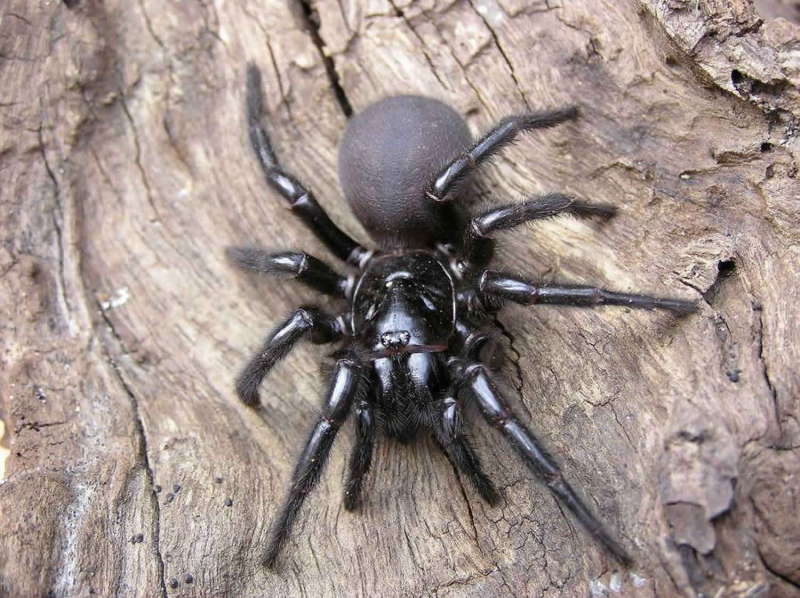
Source: healthjade.net 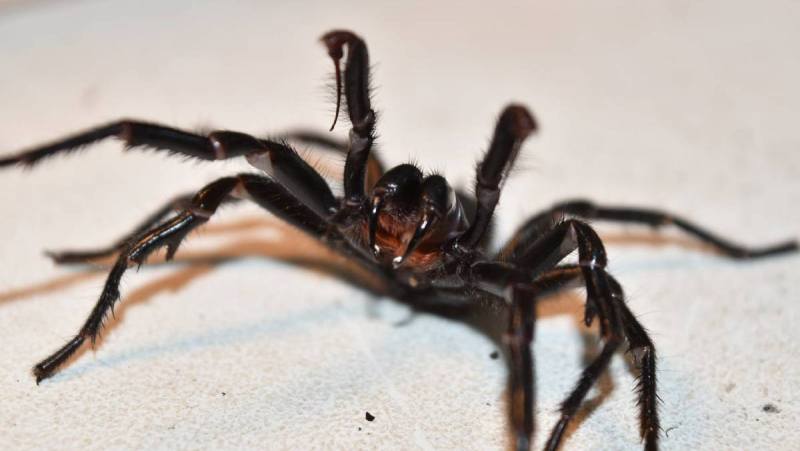
Source: thesenior.com.au -
The Inland Taipan is the most venomous of all terrestrial snakes. They usually live in inland areas of Australia such as South Australia, Northern Territory, Queensland, New South Wales. It is also known by humans as "Fierce Snake". Inland Taipan usually has a length of 1.8 - 2.5m, they live in dry places, near mouse burrows to facilitate hunting.
Inland Taipan's favorite food is rats. In addition, they also eat other small mammals. The reproduction rate of this snake also depends on the number of rat populations. At times when the number of rats increased, so did their fertility. Although they are venomous snakes, their nature is quite timid, often finding ways to hide when there is danger lurking.
According to research, the venom of Inland Taipan is very powerful. Their venom is 10 times more toxic than that of a Mojave rattlesnake and 50 times more toxic than that of a common cobra. 60% of cells are destroyed in the first 10 minutes of the bite. Then, they will destroy the nervous system, paralyze and lead to death after only 45 minutes.
Location: Australia.
Habitat: Dry plains, in the dens of native rat species.
Length: Average 1.8m - 2.5m.
Venom’s power: Lethal after 45 minutes.
Toxins: Neurotoxin, Hemotoxins, Myotoxins.
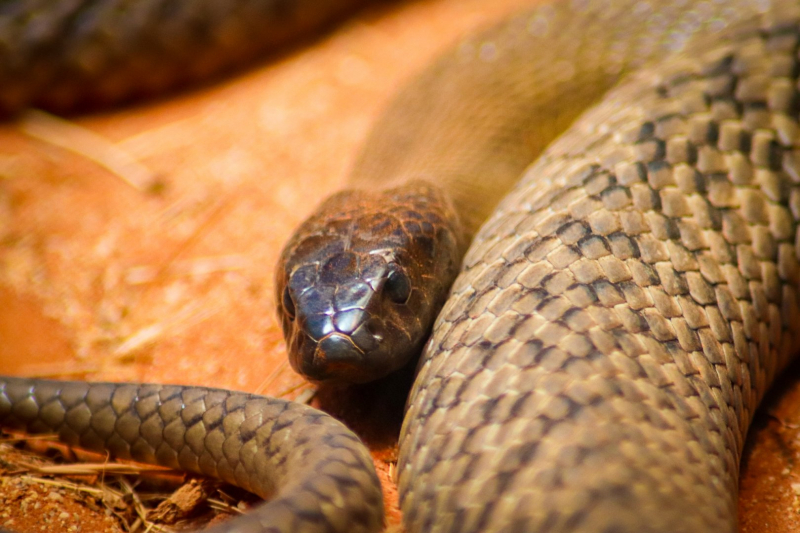
Source: zoochat.com 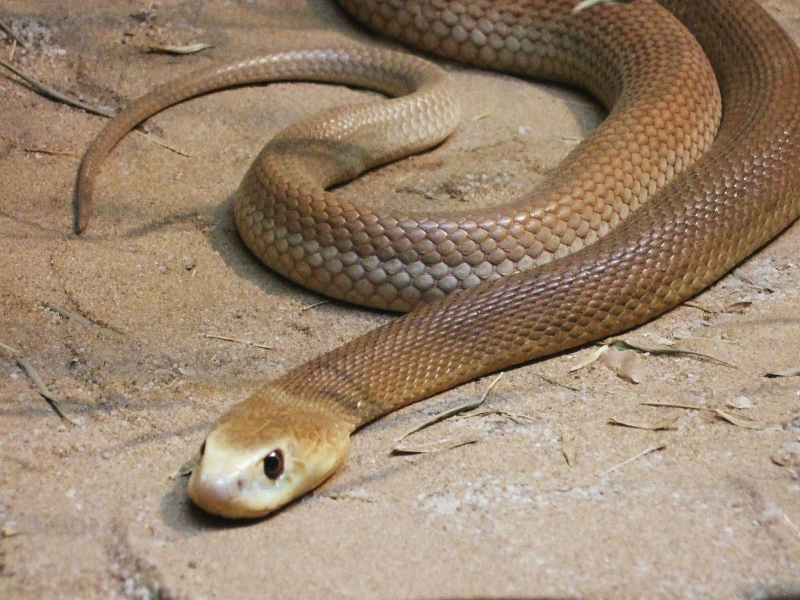
Source: pinterest.com -
Stonefish (scientific name is Synanceia) is a fish that lives in the sea carrying a venom that can be deadly. Stonefish can attack and destroy enemies, even other dangerous creatures such as extremely large venomous sea cobras. The appearance of this fish looks very ugly, just like a stone. The body and the scales are rough, there are poisonous spines on the back, and they are patched with moss and red colors to help them camouflage perfectly before the enemy.
Stonefish can kill people with 13 venomous spines on their spines. When provoked, they will attack any danger. When hit by a thorn, the venom will directly affect the nervous system, muscle system, and cause disturbances in blood pressure, heart rate,... Mildly, the victim will experience severe pain within 12 hours with some symptoms such as nausea, convulsions,... Severe can lead to death.
Stonefish usually live in shallow, island waters between coral reefs or rocky areas. They move very slowly and the way they move looks very funny. Perhaps because their bodies are not very "tidy", they seem to just "scratch" on the ocean floor. Although dangerous and contains many toxins, Stonefish is a very nutritious dish that many people love. This fish can be eaten raw or processed into some dishes such as steamed lemongrass, roasted with salt, grilled with salt, cooked with porridge,...
Location: Indian and Pacific Oceans.
Habitat: Shallow waters, cliffs, coral reefs.
Length: 20cm - 50cm.
Venom’s power: Sharp pain for 12 hours or Lethal after 2 hours.
Toxins: Protein.
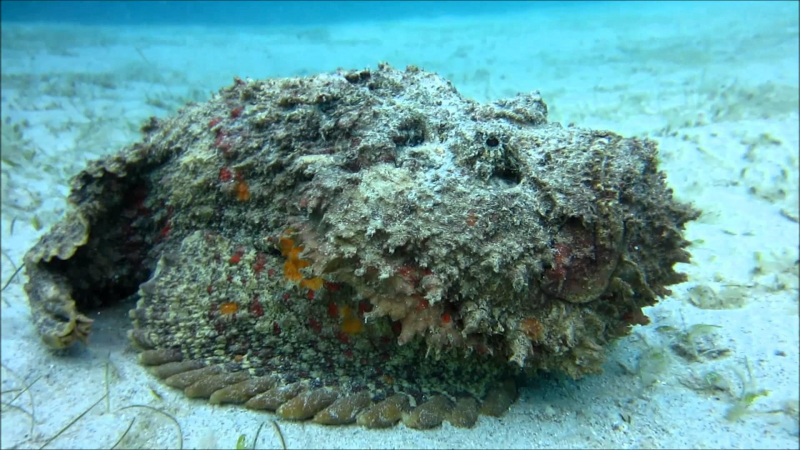
Source: apkpure.com) 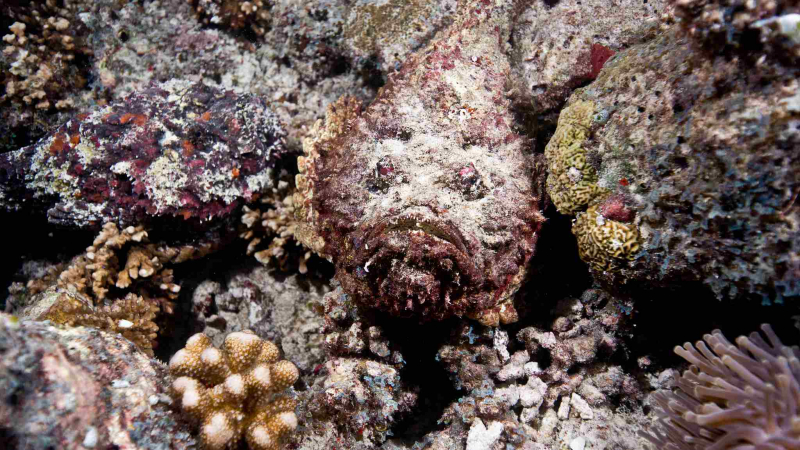
Source: news.cgtn.com -
Puffer Fish (Tetraodontidae) is a fish with toxins that exist in the skin, seminal vesicles, abdominal muscles, intestines, liver, and most often in fish eggs, so females carry more toxins than males. However, they do not attack and harm humans like many other poisonous animals. Humans are poisoned by Puffer Fish usually by ingesting the poisonous parts.
The habitat of Puffer Fish is very diverse depending on the subspecies, some species live in salty water such as the sea, but there are also species living in freshwater environments such as rivers, lakes,... Some typical Puffer Fish such as Green Pufferfish, Long-spine Porcupinefish,... Puffer Fish are omnivores, so their food is quite diverse, but they like to eat some sea creatures such as fry, small snails, plankton,...
Puffer Fish's poison is a neurotoxin called tetrodotoxin (TTX), which is 1000 times more potent than cyanide. Just eat 10 grams of poisonous meat that you have been poisoned, 1-2mg of the toxin is absorbed into a person can cause death. The first manifestation of pufferfish poisoning appears after 5 minutes or 3-4 hours with symptoms such as itchy mouth, numbness in the tongue, lips,... Then tired, nausea, stiff jaw,... The mortality rate is up to 60% when there is no timely emergency due to respiratory muscle paralysis and hypotension.
Location: Tropical or subtropical seas of the Pacific, Indian and Atlantic oceans
Habitat: Coral reefs, seabeds, coastal waters, swamps, estuaries, rivers, streams, lakes,...
Length: 4cm - 40cm.
Venom’s power: Can kill 30 adults, 1-2mg of the toxin can be deadly.
Toxins: Tetrodotoxin.
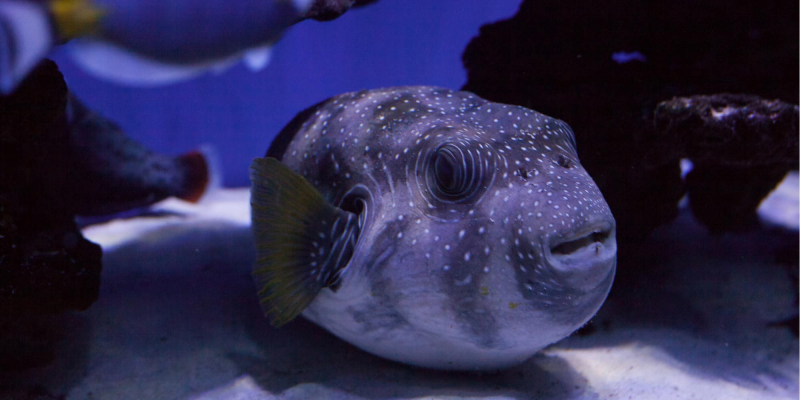
Source: leisurepro.com 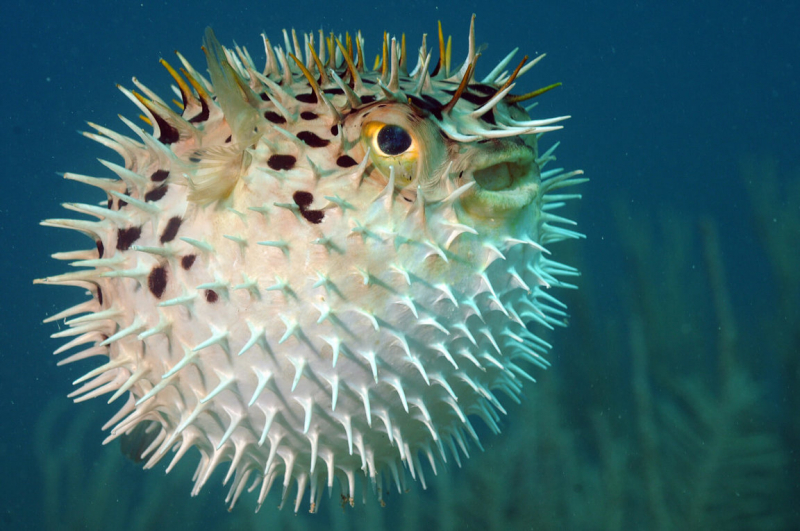
Source: iot6exchange.com -
The Poison Dart Frog is a colorful and poisonous frog that is dangerous to humans. Their color varies depending on the habitat, they can be yellow, green, blue, red, or black. Color is also a factor that warns other creatures of this dangerous toxin of this frog, which scientists call Aposmatic coloration.
An adult Poison Dart Frog averages less than 1.5cm in length, but some are larger and up to 6cm in length. In particular, Poison Dart Frog has a very strange parenting habit. Males often carry both eggs and tadpoles on their backs as a precaution against possible hazards. In addition, they also nest and transport frog eggs and tadpoles.
Poison Dart Frog is one of the most poisonous frogs in the world. The toxicity of the yellow Poison Dart Frog is so strong that it can kill 10 adult men, the equivalent of 10,000 rats. The amount of toxicity more or less depends on their food. They often synthesize toxins through certain foods such as ticks, ants, termites,... However, the venom of this frog has contributed a part to human medicine. Painkiller made from Poison Dart Frog's venom is 200 times stronger than normal drugs, comparable to Morphine.
Location: Tropical Central and South America.
Habitat: Tropical and humid environment, tropical rainforests.
Length: < 1.5cm.
Venom’s power: Can kill 10 adults.
Toxins: Batrachotoxin.
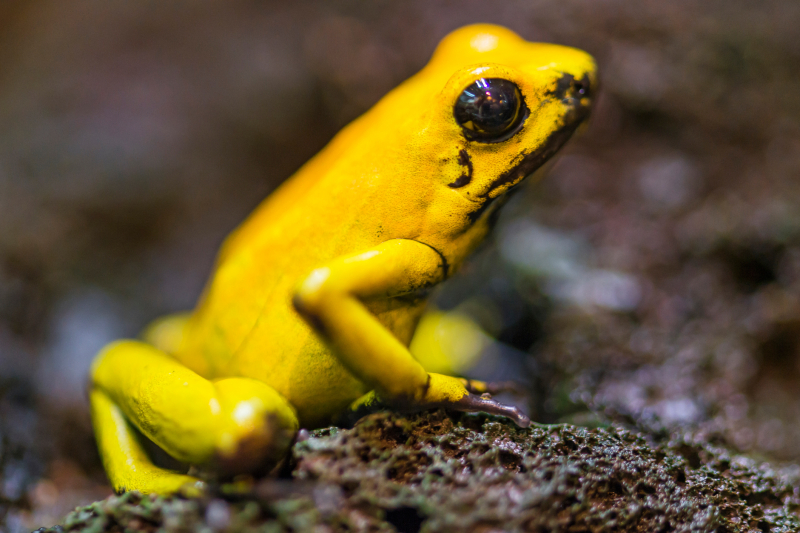
Source: npr.org 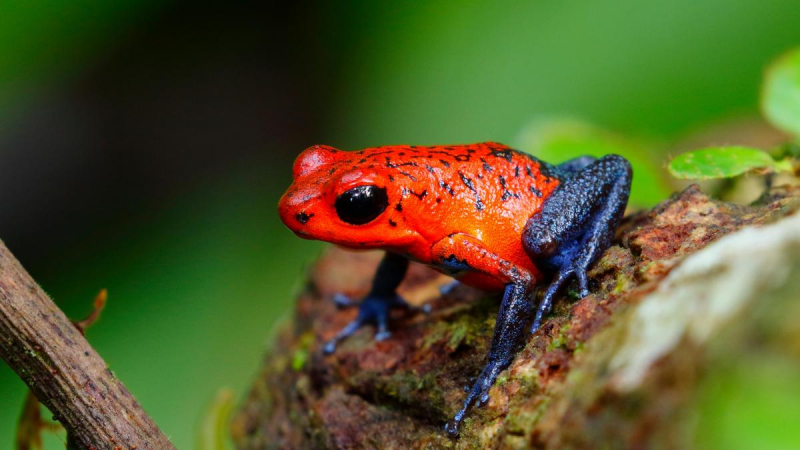
Source: thetimes.co.uk -
There are 25 species of scorpions in the world that are highly toxic. However, the Deathstalker is one of the most poisonous scorpions and its venom is the most expensive liquid on the planet, costing up to $39 million per gallon, or $10.3 million per liter. Deathstalker is about 10cm long, has a light yellow color. They are scattered throughout North Africa and the Middle East, where there are deserts and shrubs.
Despite its small size, the Deathstalker is a dangerous "killer". Their venom may not kill adults, but it can kill children, the elderly, and people in poor health. The sting of this scorpion is 100 times more painful than a bee sting.
However, Deathstalker's venom is a rare thing and sells for a towering price, why is that? Deathstalker's venom contains chlorotoxin peptides that can aid in the treatment of brain tumors in humans. Specifically, this component helps determine the location and size of the tumor. In addition, the venom of Deathstalker is also used in the treatment of malaria caused by mosquitoes and some other diseases.
Location: Middle East and North Africa.
Habitat: Desert and scrubland.
Length: About 10cm.
Venom’s power: Fatal to children, the elderly, the infirm.
Toxins: Neotrotoxin.
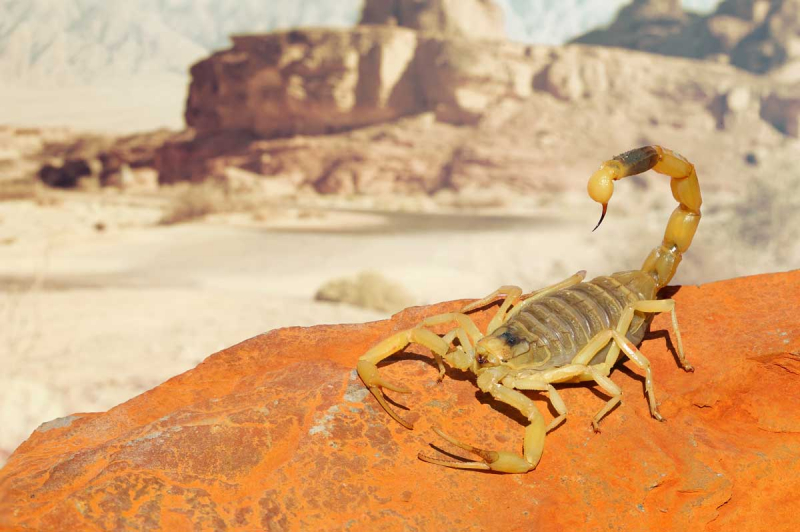
Source: kidadl.com 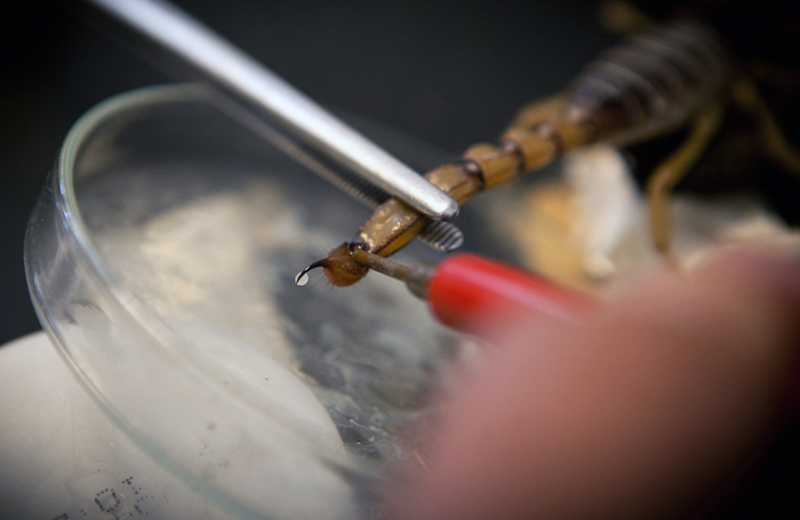
Source: kyluc.vn -
Cone Snail is a colorful snail that seems harmless but possesses extremely toxic venom. They often appear in tropical seas and especially in China, hiding under coral reefs, sand, and rocks on the seabed. Currently, in the world, 1000 species of Cone Snail have been discovered and 70 species have appeared in China. Cone Snail has colorful colors and possesses many different shapes. Their distinctive feature is the cone-shaped shell, hence the name "Cone Snail".
Each species of Cone Snail will have its venom formula, but in general, they possess a poison made up of a mixture of conus peptides, which have psychoactive effects. Because of their beautiful colors, many people are attracted to them and mistake them for ornamental snails, causing risks. The venom of some small Cone Snail species is not too scary, but the venom of some large species can be fatal. Victims will experience severe pain, swelling, vomiting,... Possible muscle paralysis, respiratory failure,... leading to death.
Although moving very slowly, venom is a very powerful weapon of Cone Snail in the process of hunting. They often bury themselves in the sand with only their mouths and tentacles exposed in the sand, waiting for their prey to pass and injecting poison into their prey. The prey is instantly paralyzed for a few seconds and dies.
Location: Distributed in the tropics.
Habitat: Live in the sand, among coral reefs or boulders, under the sea.
Length: < 23cm.
Venom’s power: Symptoms of poisoning occur immediately or after a few days, can be fatal.
Toxins: Peptit.
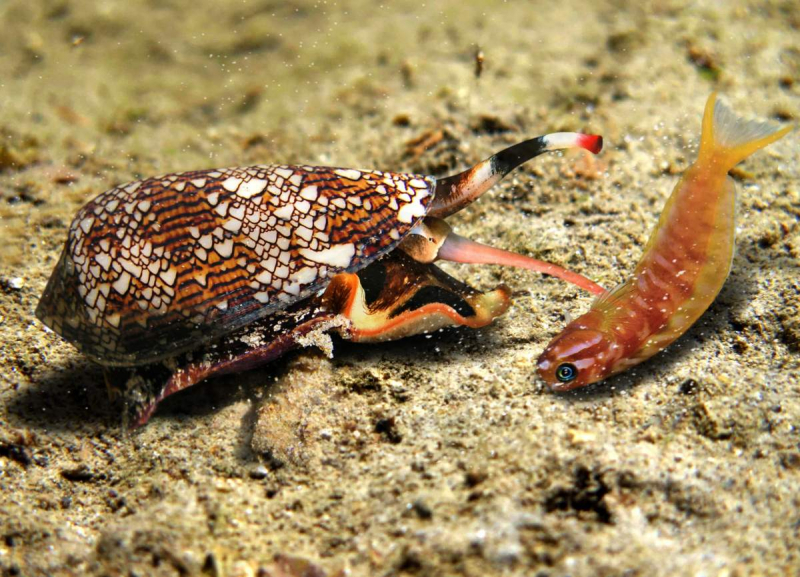
Source: wis-wander.weizmann.ac.il 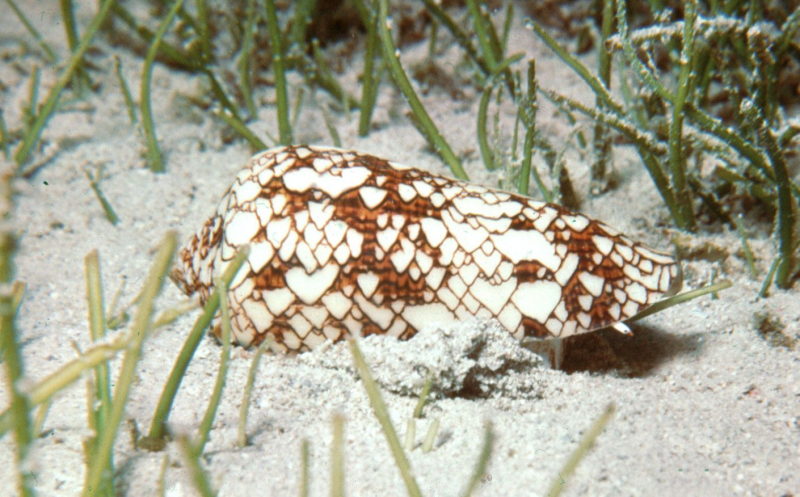
Source: britannica.com -
Mexican Beaded Lizard (scientific name is Heloderma Horridum) is the only lizard species in the world that possesses toxins that are dangerous to humans. The Mexican Beaded Lizard is divided into 4 different species, each with similar but not identical colors. They have a characteristic black color with white or yellow spots, and the scales have evenly spaced round nodules that look like beads.
The Mexican Beaded Lizard's diet consists of several types of meat such as young rabbits, frogs, birds, insects, earthworms, lizards, eggs (birds, snakes, lizards), rodents, and carcasses of dead animals. They often climb trees or use their limbs to dig deep into the ground in search of prey. During cold days, they usually feed during the day and they feed at night on hot days.
The Mexican Beaded Lizard has venom located in the salivary glands in the lower jaw. Unlike most other poisonous species, Mexican Beaded Lizard cannot inject poison into the victim but must cling to and chew to transmit venom-containing saliva into the body. The venom of this lizard is rarely fatal in humans, but it can cause respiratory failure and severe pain that lasts up to 24 hours.
Location: Mexico and southern Guatemala
Habitat: Thorny shrubland, tropical deciduous forest, desert.
Length: 57cm - 91cm.
Venom’s power: Sharp pain for 24 hours.
Toxins: Hemotoxin.
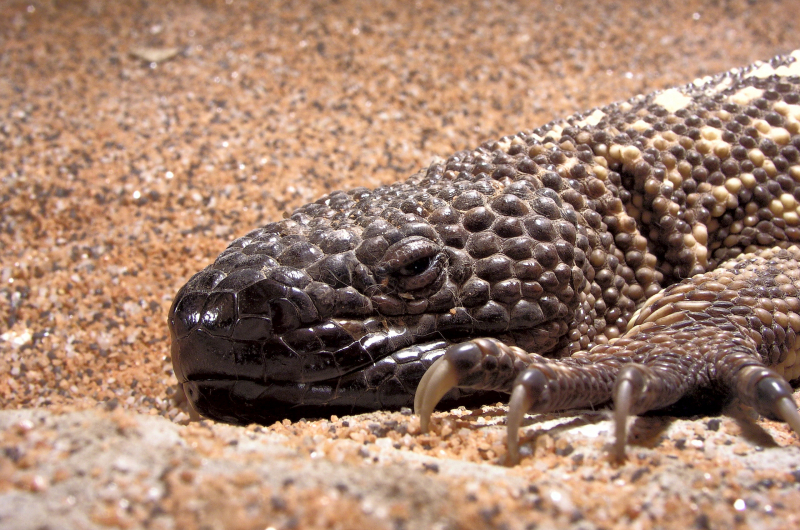
Source: en.wikipedia.org 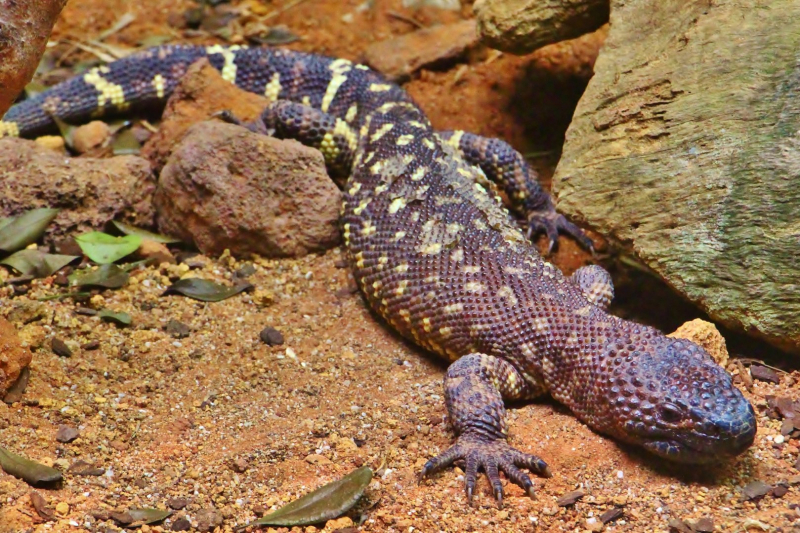
Source: zoochat.com -
The Harvester Ant (with the scientific name Pogonomyrmex) is a unique species of ant in the ant world. The reason they are called Harvester Ant is that they function as a reaper, contributing to the growth of crops. Harvester Ant helps protect plants and disperse seeds and provides nutrients for the survival and growth of young trees in the desert. In addition, they also create aeration for the soil through burrowing, increasing soil organic matter.
Harvester Ants become dehydrated in a hot, dry environment and they rehydrate their bodies through the seeds they eat. Weather conditions affect the feeding behavior of some Harvester Ant species, such as the Messor Andrei ant that forages better in wet environments.
Although it seems quite gentle and useful for plants, Harvester Ant possesses a highly toxic venom. The main components of the venom contain amino acids, proteins, and peptides, or may also contain proteins that cause allergic reactions and lethal immune responses in susceptible individuals. When stung by a Harvester Ant, it will cause severe pain within 4 - 8 hours and swelling in the burned area. Their ubiquitous presence is a great danger to humans.
Location: South Africa.
Habitat: Dry, sandy to hard soils.
Length: < 10mm.
Venom’s power: Sharp pain for 4 - 8 hours.
Toxins: Protein.
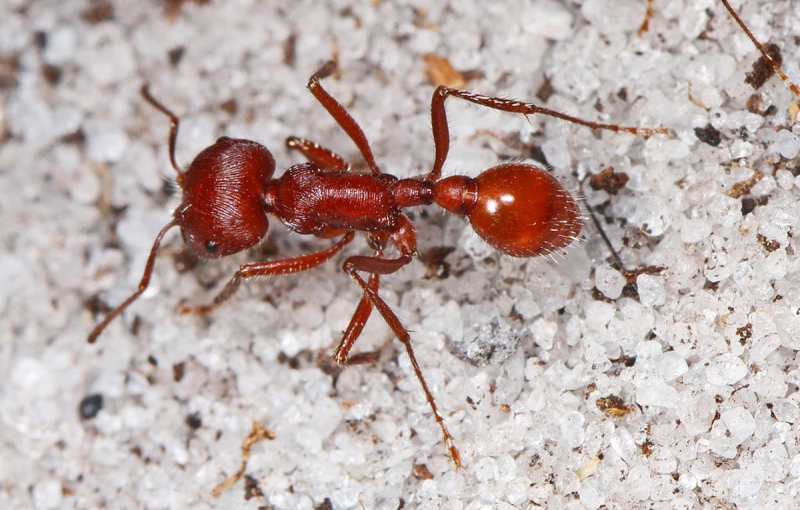
Source: zmescience.com 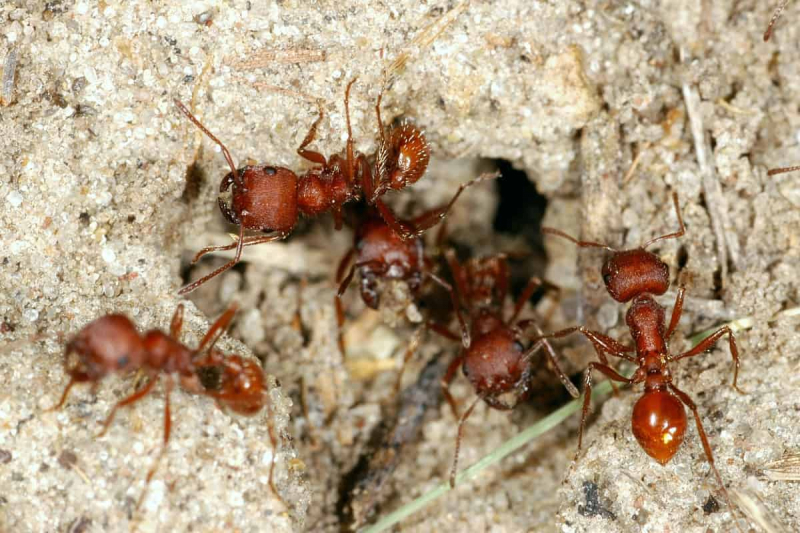
Source: pestcontrolzone.com












